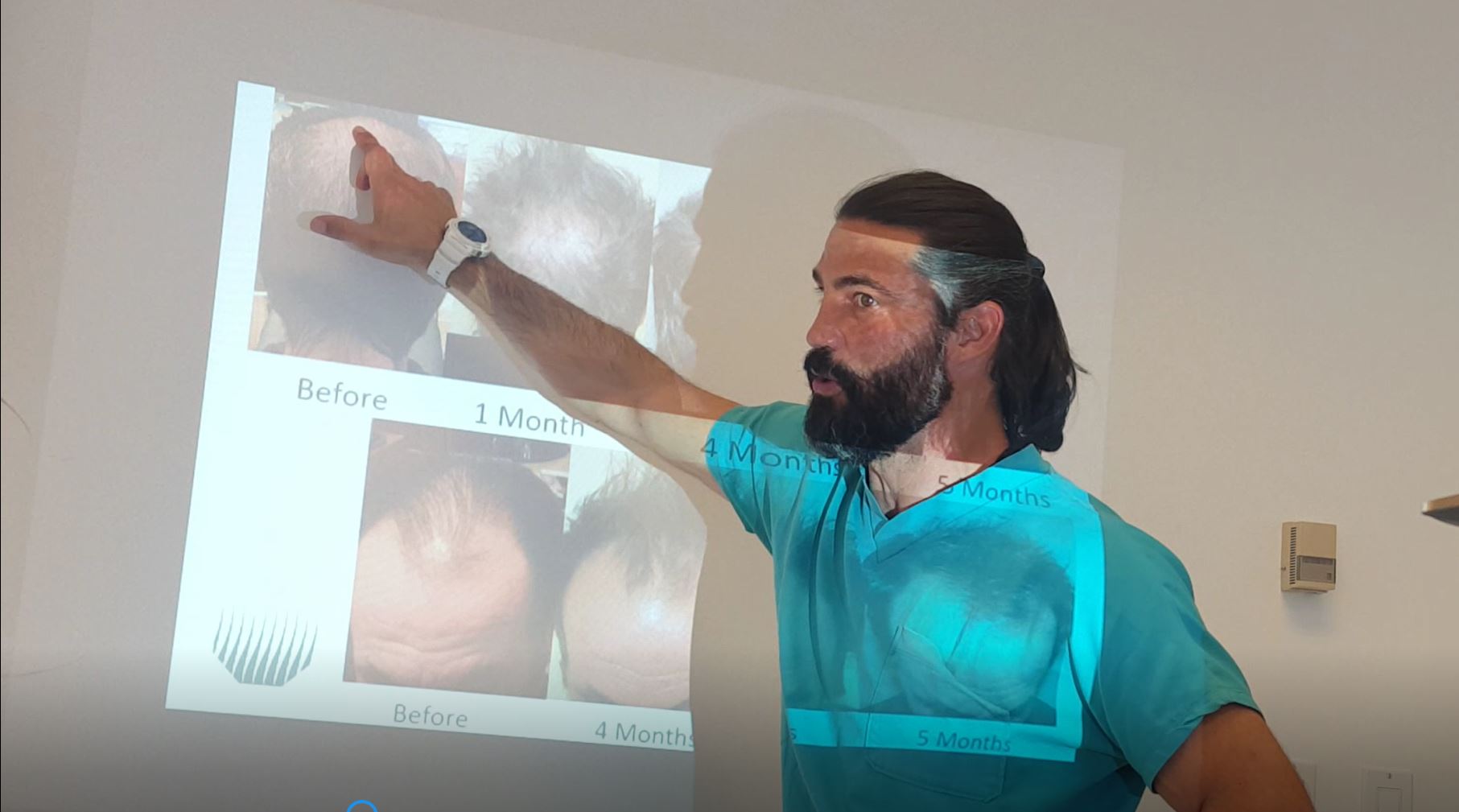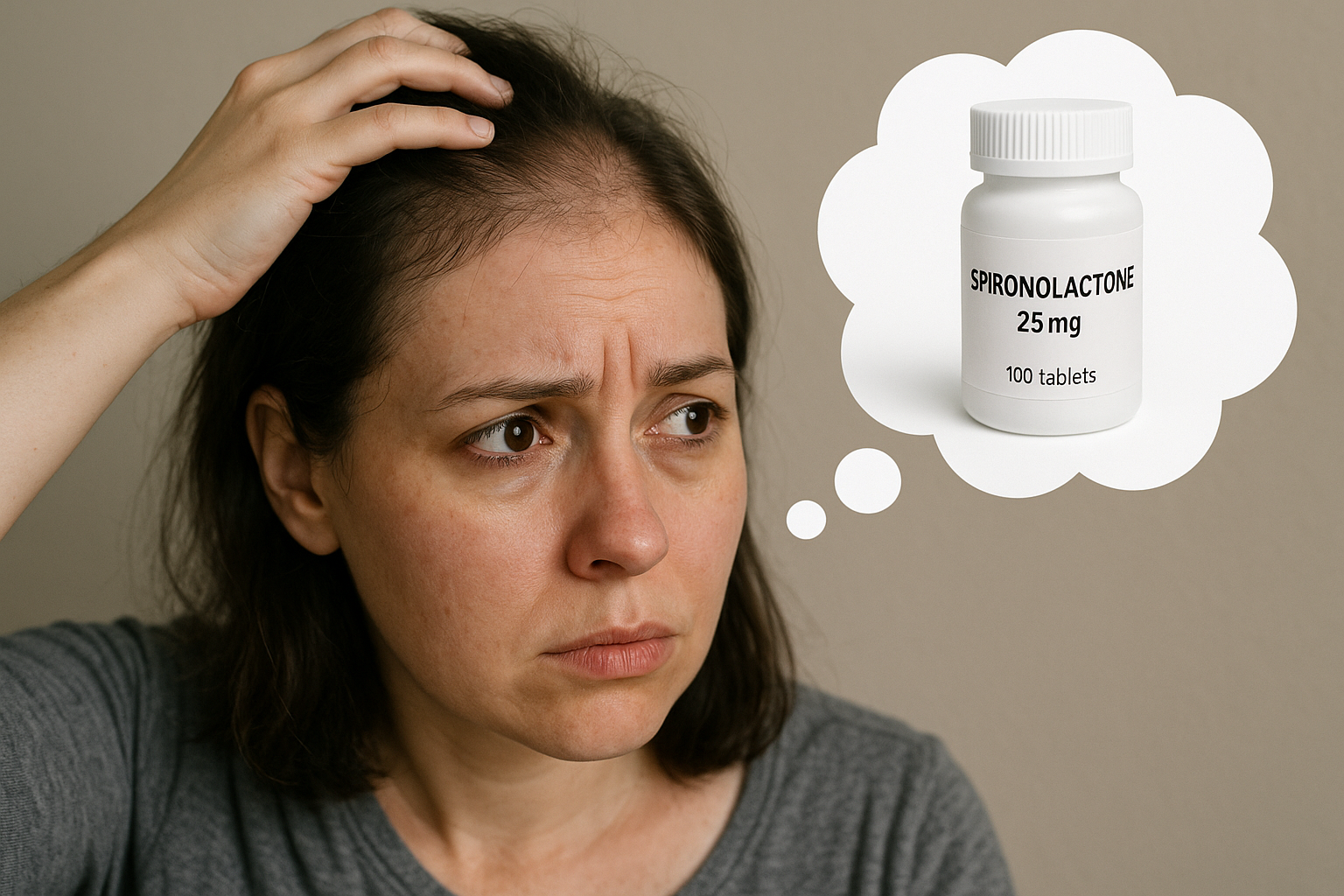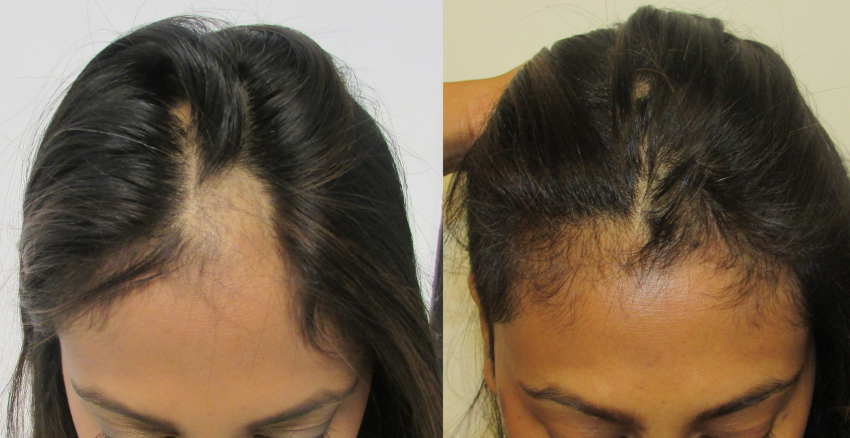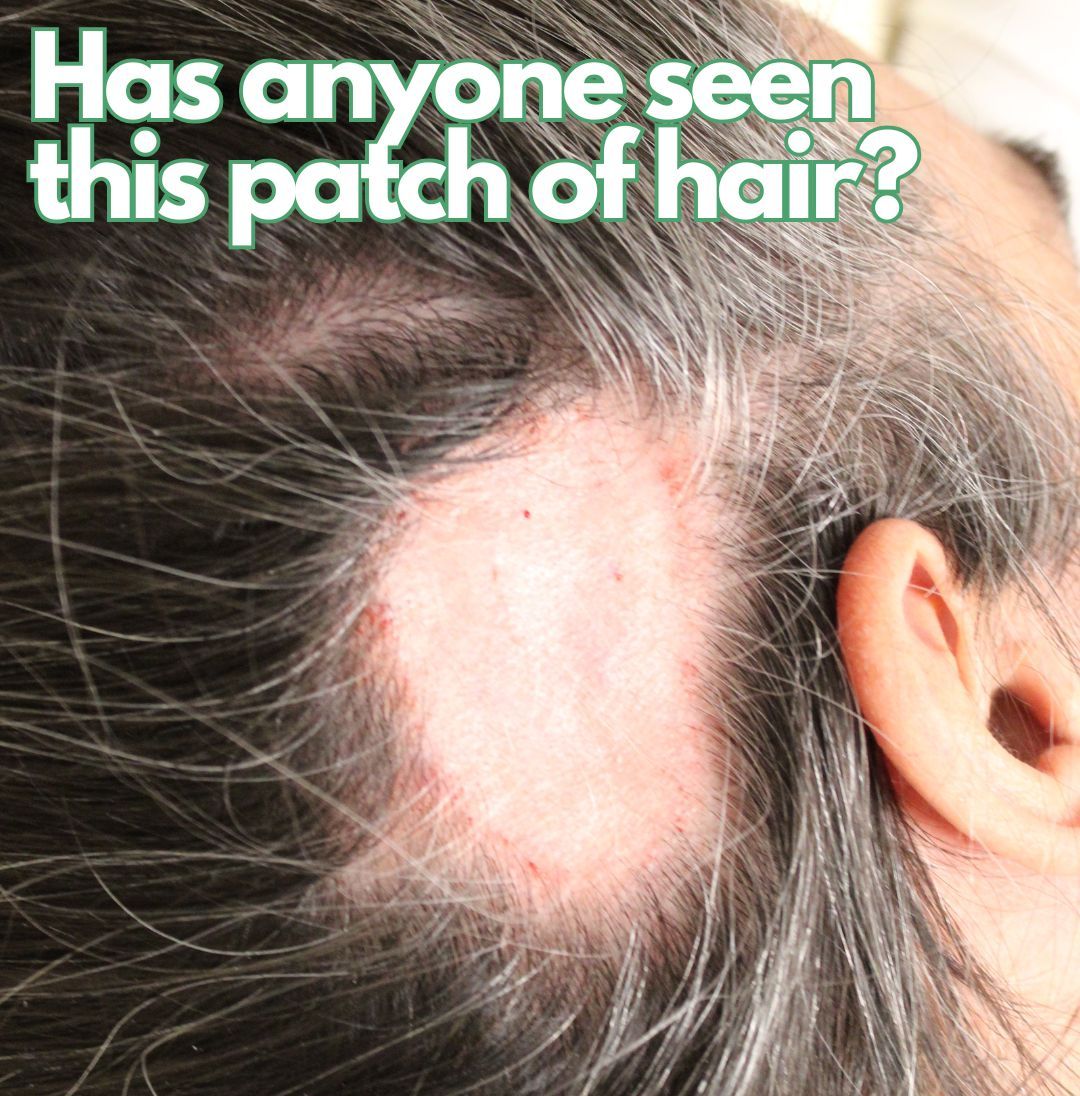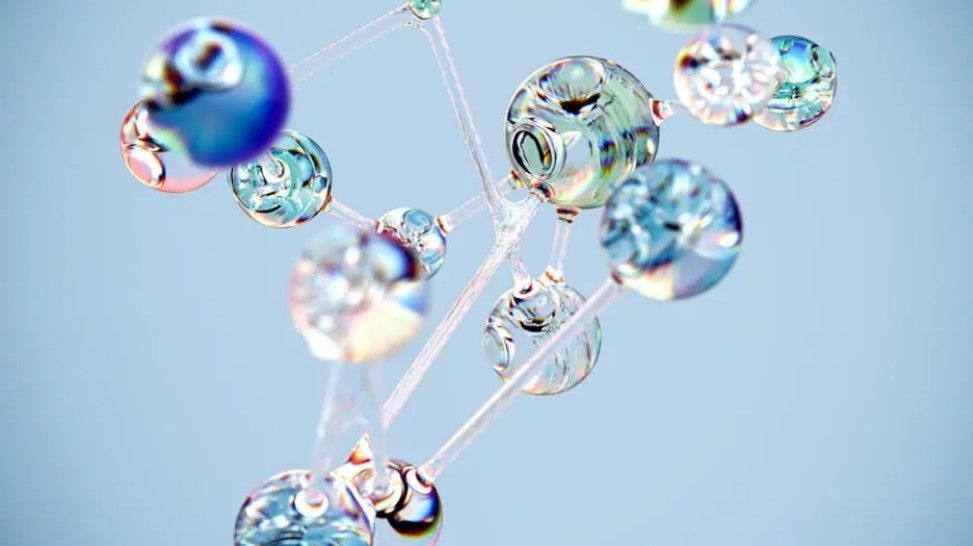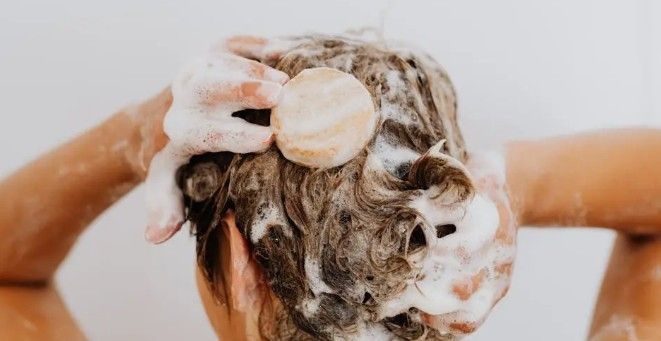The Stages of Hereditary Hair Loss
There are four stages of hereditary hair loss. Find out where you are and what can be done to prevent your hair loss from progressing further.
So you have found that you are a candidate for hereditary hair loss. Either or both sides of your family have baldness in their genes. Now what, you might ask? How will I know when it starts happening to me and what should I expect to occur?
Dr Robert Nettles has identified the 4 main stages of hereditary hair loss. He is also the inventor of the NettlescopeTM. This patent pending technology was developed to identify well in advance the very early onset of hair thinning associated with hereditary balding, before it is even visible to the naked eye. Giving you a chance to stop your hair loss in its tracks, before it even has a chance to take hold.
But what are the stages? Dr Nettles has identified 4 main stages that you will go through as you lose your hair. Each is detailed below.
STAGE 1
There are two main places that stage one hair loss starts - which one is yours is generally hereditary (look to your parents, uncles and grandparents to see yours.
Type 1 - Receding hairline. The first thing you should expect is for your hairline at the front to start moving slowly back, both at the front and at the temples. This will happen as you mature from juvenile to adult and does not on its own indicate the onset of hereditary baldness until the recession extends further than about the width of your finger. The first big indicator of oncoming baldness is that the temples will recede faster and further than the rest of the hairline.
Type 2 - The crown donut. You may notice that the hair are the center top back of your head becomes much thinner and harder to style than the rest of your hair. The unfortunate part about this pattern, is that you may not notice it until it is way down the path. You may find out from your barber/stylist, from seeing a picture which shows the back if your head, or because someone else pointed it out. Most guys don't look at the back of their head in the mirror on a regular basis.
STAGE 2
The onset of thinning hair is the next indicator that you are on the road to hair loss. This can be noticeable in a few different ways:
1. The spot in the center of your crown will become very thin of hair and in men in particular start to resemble peach fuzz rather than hair.
2. Hair on the top of your head becomes sparse and your scalp becomes very visible when your hair is combed or parted.
3. Your hairline starts to resemble the letter M rather than a nice straight line.
STAGE 3
If action is not taken at this time, your hair will continue to thin further and the balding area will spread until gradually the whole of the top of your head will become sparser as hair follicles wither and die, while others become smaller and smaller producing only peach fuzz. Hair loss happens due to hair miniaturization, not hair fall.
The good news is that so long as peach fuzz still exists, Dr Nettles Stop and Regrow program can still help you and will act to stop the thinning further and then regrow your hair back fuller and healthier than before over time.
STAGE 4
The final stage occurs when the hair follicles die completely. At this point the scalp becomes shiny and more like an egg than a peach. This is where the term bald like an egg comes from. At this stage the only thing which can bring back your hair is a hair transplant. Note that a transplant will not stop the ongoing process of hair loss that will eventually take 30-50% of all the hair on your head if you do nothing to stop it.
The moral of the story? Don’t wait until it’s too late. The sooner you take action, the faster you will regain your healthy locks and grow back your own hair naturally, health and long.
Contact us now on (310) 601-4778 to schedule an appointment. Or you can book online here.
Our comprehensive assessment process will identify all the causes of your hair loss, allowing Dr Nettles to create a personalized program which will regrow your own hair naturally at home.

